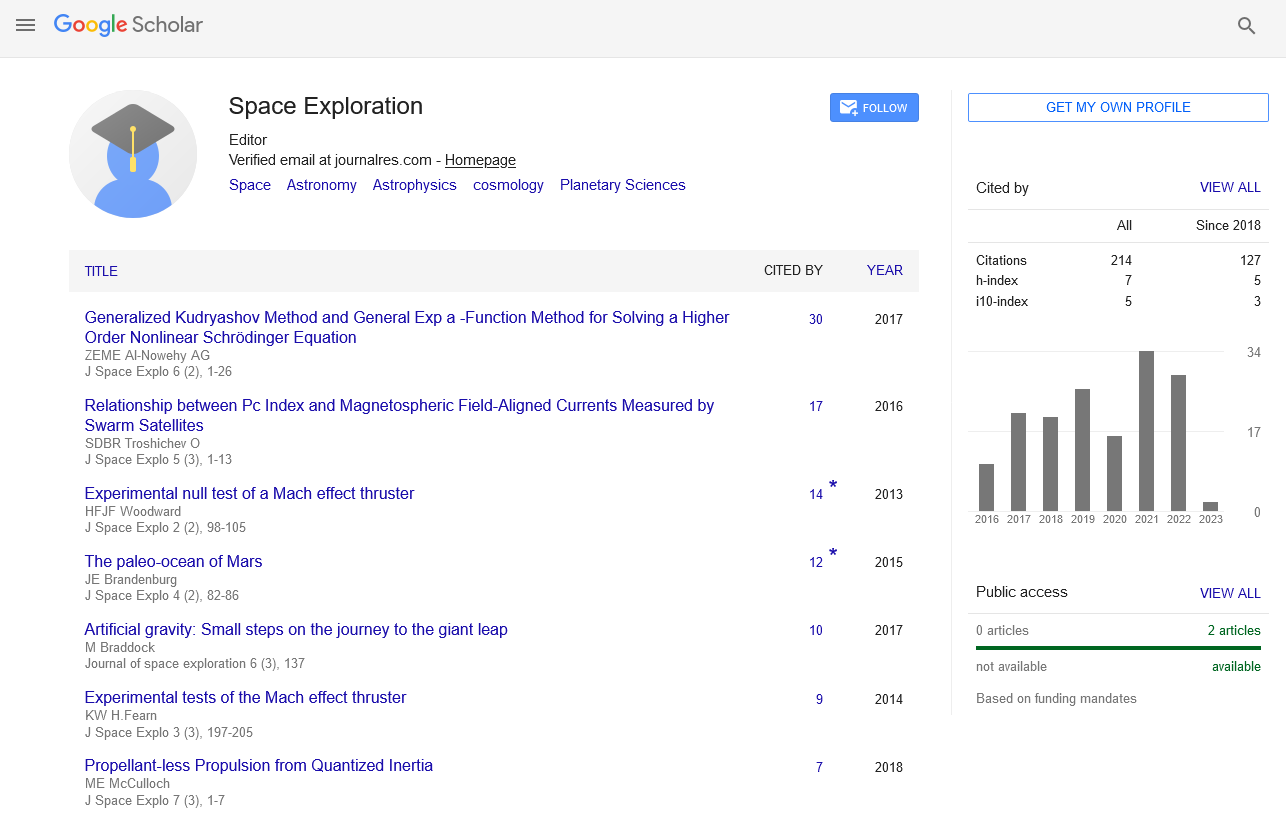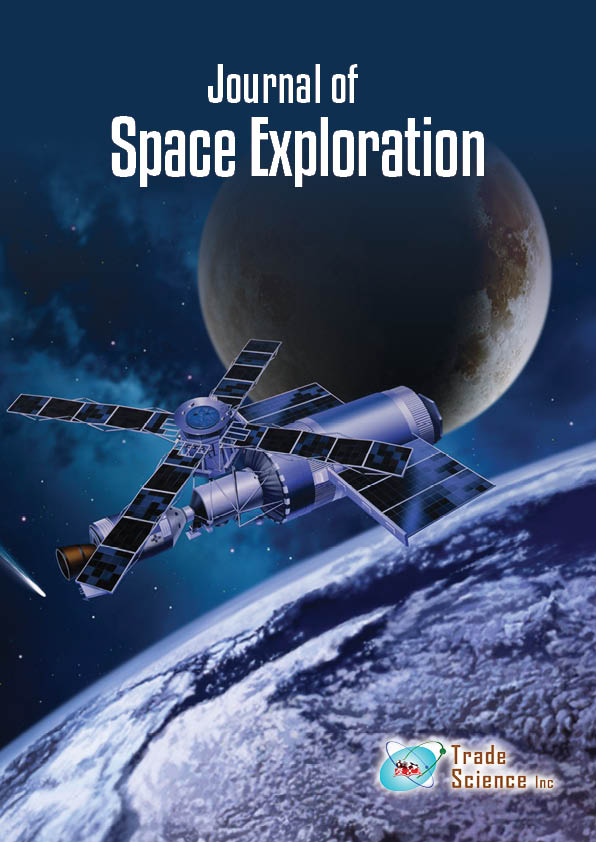Abstract
Humans in the Loop
Author(s): Sorensen TCEver since Luna 1 rocketed out of Earth orbit for a planned encounter with the Moon in January 1959, the human race has sent a fleet of robotic spacecraft out to deep space on missions of exploration and discovery. For example, several precursor robotic spacecraft were sent by the USA to explore the Moon and help in the selection of suitable landing sites for the planned manned exploration of the moon by the Apollo Program. First deployed were the hard-impact Ranger probes that sent back images of the surface until their impact; next the Lunar Orbiter spacecraft provided detailed images to produce global lunar maps; finally, the soft-landing surveyor spacecraft investigated potential Apollo sites from the surface. It was only after these robotic missions were completed that the manned Apollo missions commenced, which successfully put several astronauts in lunar orbit and on the lunar surface. Although the outstanding accomplishment of the Apollo missions resulted in extraordinary returns in terms of scientific discoveries, no human has ventured beyond low earth orbit (LEO) since the program ended in 1972. All subsequent missions of science and exploration beyond the relative safety of LEO have been performed solely by robotic spacecraft. For decades, even before the Apollo program, there has been an ongoing debate about whether humans should venture into deep space or whether robots should only perform all such voyages. I believe that we will only be able to fully explore the solar system using both a human and a robotic presence. An examination of some recent robotic missions supports this belief.

